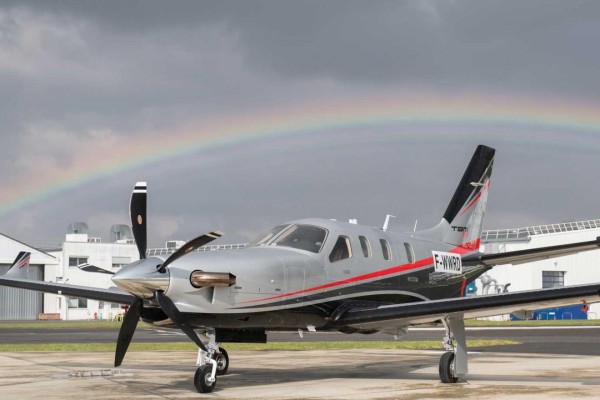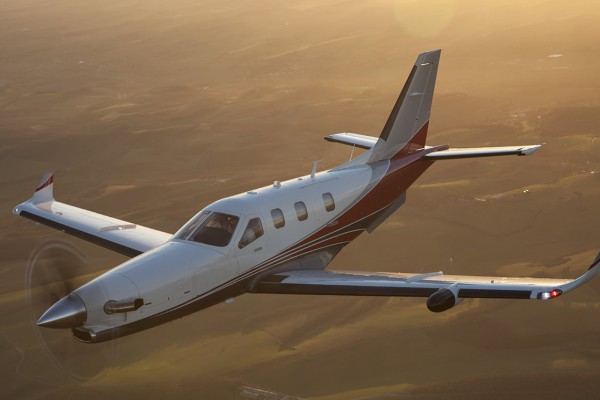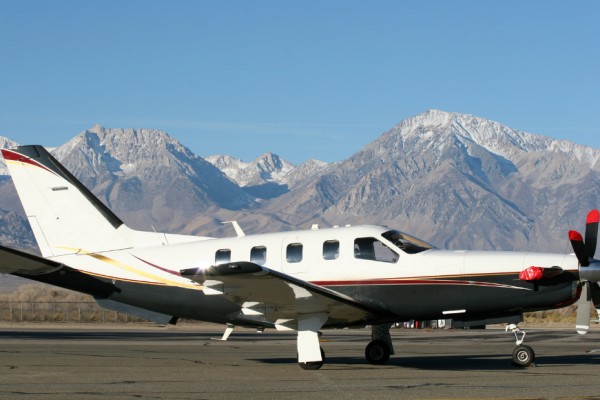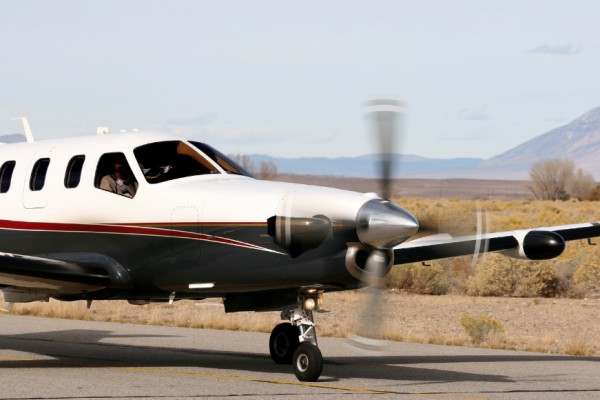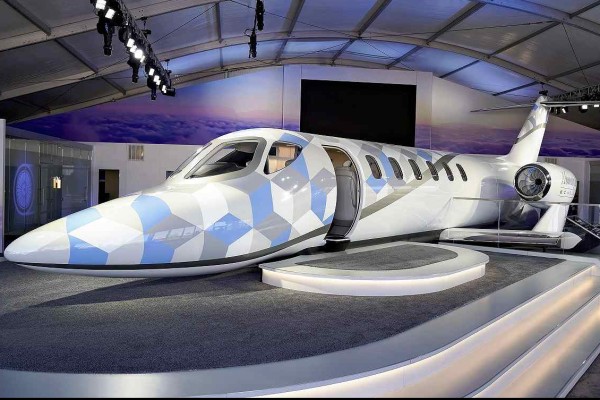- Civil Aircrafts
- 1 year before
Airbus A380: The First Modern Aircraft of the 21st Century
Explore the Airbus A380: Get to know the world's largest passenger aircraft, its technical details, specs, and why it's a 21st-century aviation marvel.
-

- 1 year before
- Category: Civil Aircrafts
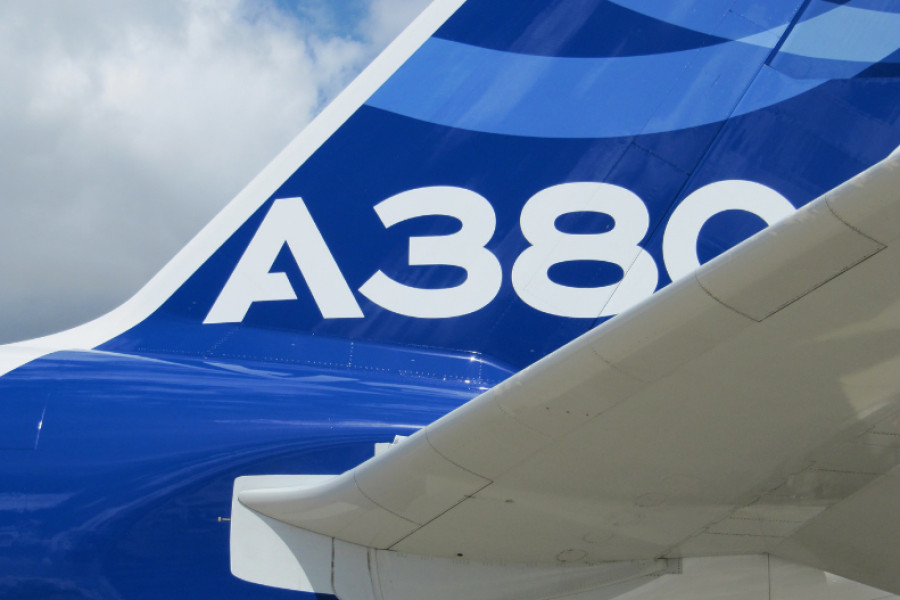
Airbus A380: A Modern Aviation Icon
The Airbus A380 is widely regarded as one of the most iconic and impressive aircraft in modern aviation. This colossal aircraft, which made its maiden flight in 2005, revolutionized the industry with its massive passenger capacity, impressive performance, and innovative design. The Airbus A380 has graced the fleets of airlines around the world, becoming a preferred choice for long-haul flights.
Reasons for Airlines' Preference for the Airbus A380
Major airlines such as Emirates, Singapore Airlines, Qantas, Lufthansa, and Air France have chosen the Airbus A380 for its exceptional capabilities. The aircraft's large seating capacity and impressive range allow airlines to offer superior service on high-traffic routes. Emirates, in particular, has taken the passenger experience to new heights by outfitting its A380 fleet with ultra-luxurious interiors. With 116 A380s in its fleet, Emirates has established itself as the largest operator of this modern marvel.
While the COVID-19 pandemic led to the retirement of many Airbus A380s due to high operating and fuel costs, the surge in post-pandemic air travel has prompted airlines to bring their retired A380s back into service. Additionally, during this period, Qatar Airways was involved in a legal dispute with Airbus over surface and paint defects on its A380s.
First Flight and Development
The Airbus A380 took to the skies for its maiden flight on April 27, 2005, marking a significant milestone in aviation history. The aircraft took off from Toulouse-Blagnac Airport in France for a test flight that lasted approximately 3 hours and 54 minutes. This successful flight demonstrated the aircraft's impressive capabilities and paved the way for its commercial service.
Safety Record
Throughout its operational history, the Airbus A380 has maintained an exceptional safety record. The aircraft's advanced safety systems and superior design ensure a high level of protection for passengers and crew. Emergency measures, such as advanced fire extinguishing systems, further enhance the aircraft's safety features.
Specifications and Fire Extinguishing Model
Advantages and Disadvantages
Advantages:
- High Seat Capacity: The Airbus A380's massive size allows it to accommodate a large number of passengers, making it ideal for high-traffic routes.
- Prestige: With its ultra-luxurious interiors, the A380 adds an element of prestige to the fleets of airlines that operate it.
- Fuel Efficiency: Despite its large size, the A380 offers impressive fuel efficiency, reducing operating costs for airlines.
- Long Range: The A380's extended range makes it an excellent choice for long-haul flights, connecting distant destinations with ease.
Disadvantages:
- Infrastructure Challenges: The A380's enormous size can pose challenges for some airports and terminals, requiring upgrades to accommodate its operations.
- Space Constraints: The aircraft's size also necessitates ample parking space and sufficient maneuvering room during flight operations.
The Airbus A380 stands as a testament to the advancements in aviation technology. Its impressive dimensions, innovative design, and exceptional performance have made it a favorite among airlines and passengers alike. Since its entry into service, the A380 has transported over 300 million passengers on more than 800,000 flights. With its focus on safety, comfort, and efficiency, the Airbus A380 continues to be a symbol of modern aviation excellence.

